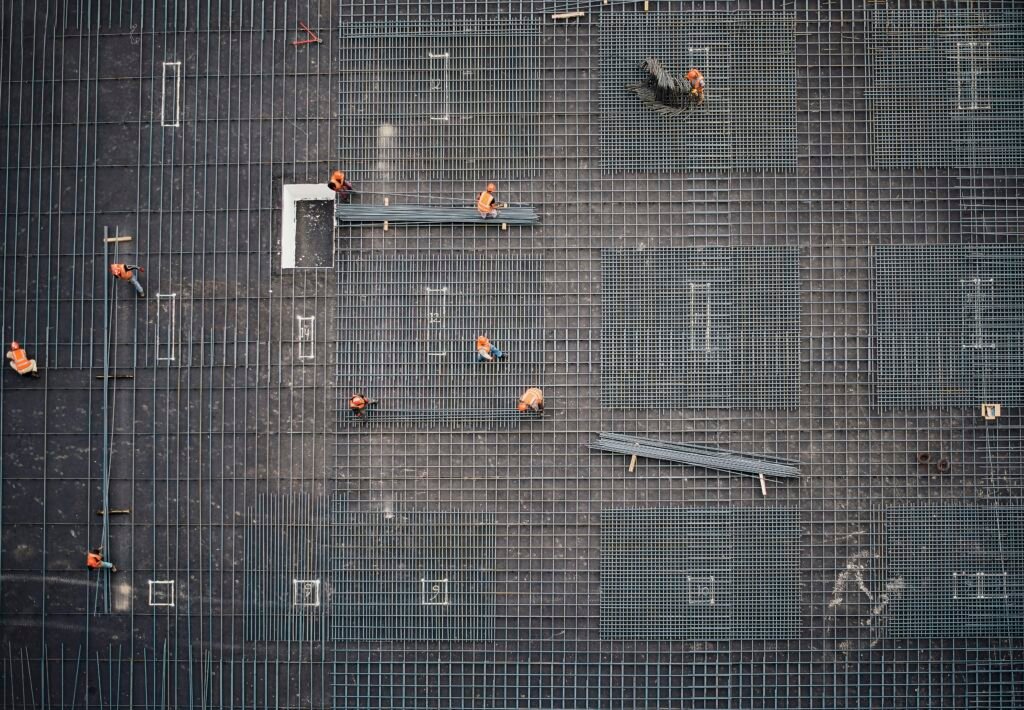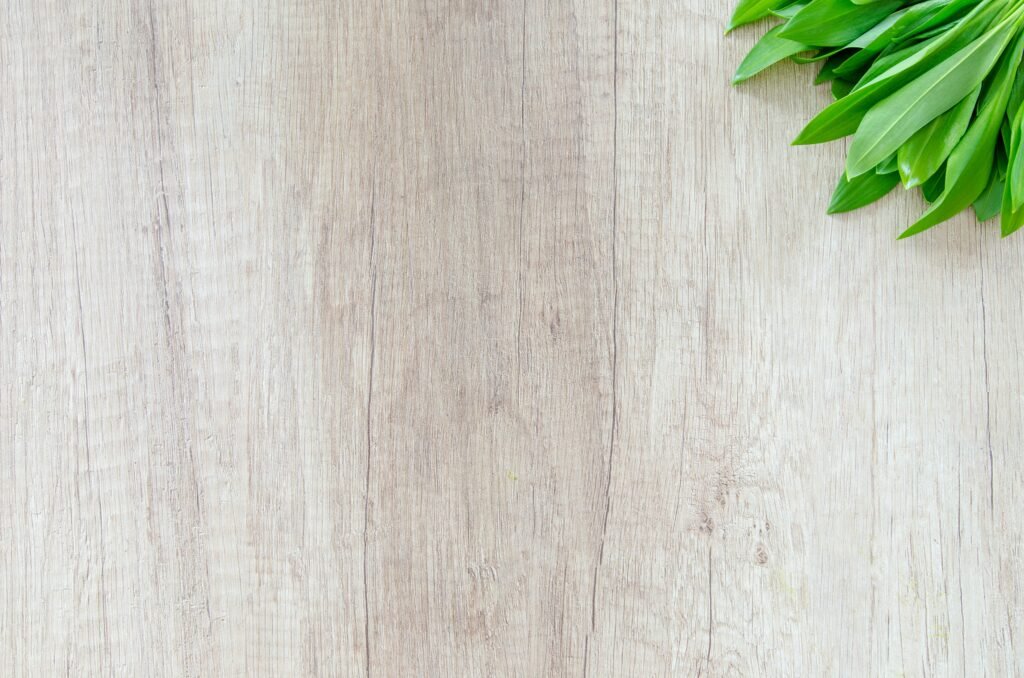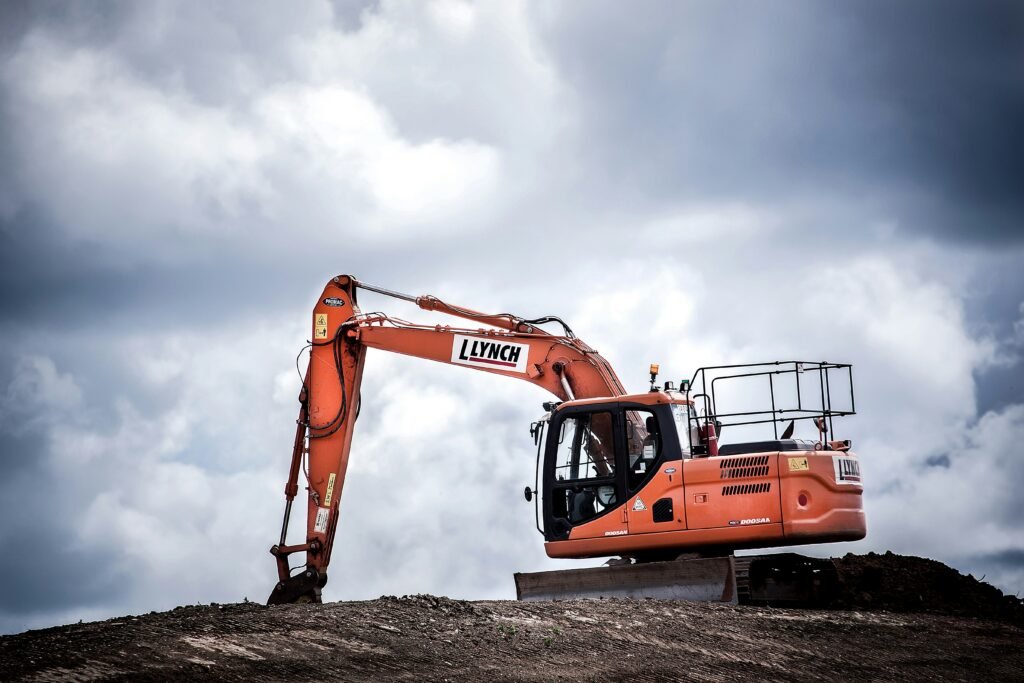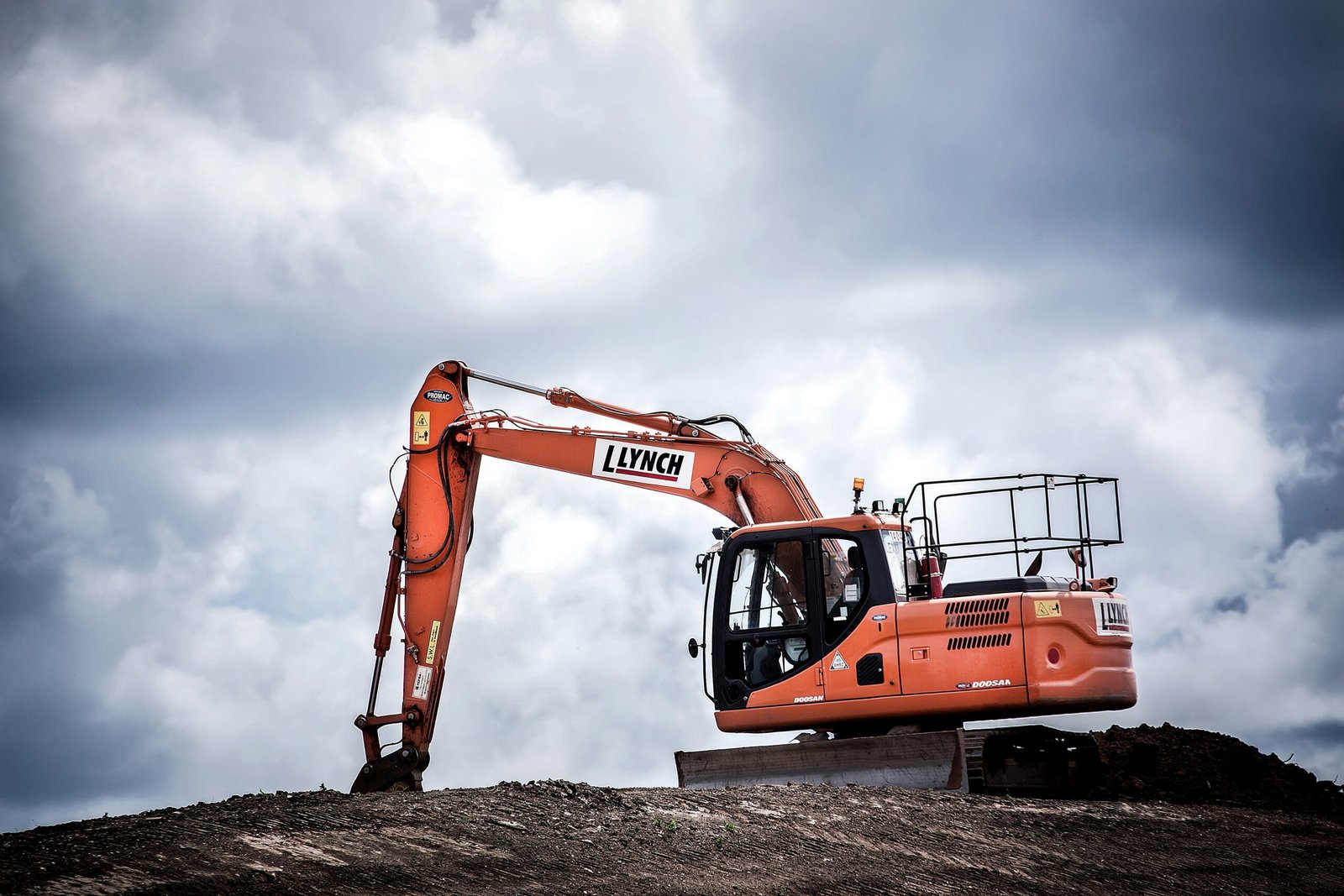Have you ever wondered about the different types of wood used in crate construction? From oak to pine, each type of wood brings its own unique characteristics and benefits to the table. In this article, we will take a closer look at the various types of wood commonly used in crate making, exploring their strengths and considerations. Whether you’re in need of a sturdy crate for shipping or storage purposes, this exploration will provide you with valuable insights to make an informed decision. So, let’s dive into the world of wood and discover the perfect material for your next crate construction project.

This image is property of images.unsplash.com.
Softwoods
Pine
Pine is one of the most popular softwoods used in crate construction. Its light color and straight grain make it a versatile choice for both rustic and modern styles. Pine is readily available and affordable, making it an excellent option for budget-conscious projects. It is also easy to work with, as it is not as hard as some other woods. However, it is important to note that pine is a softwood, which means it may be prone to dents and scratches if not properly treated or handled with care.
Spruce
Spruce is another common softwood used for crate making. It shares some similarities with pine, such as its light color and straight grain. However, spruce tends to be slightly harder than pine, making it a bit more durable. It is often used in applications where strength and stability are important factors, such as shipping crates or heavy-duty storage crates. Spruce also has a lower resin content compared to pine, which can be advantageous for projects that require gluing or finishing.
Cedar
Cedar is a softwood known for its natural resistance to rot, decay, and insect infestation. This makes it an excellent choice for outdoor crates or crates used in humid environments. Cedar has a distinct reddish-brown color and a pleasant aroma. It is also lightweight and easy to work with. However, cedar can be more expensive compared to other softwoods, largely due to its natural properties and limited availability.
Fir
Fir is a softwood that is commonly used in crate construction due to its strength and affordability. It has a pale yellowish-white color and a straight grain pattern. Fir is known for its excellent dimensional stability, meaning it is less likely to warp or twist when exposed to changes in temperature or humidity. This makes it suitable for crates that need to withstand different environmental conditions. It is worth noting that fir can have knots and other natural characteristics, which may affect its appearance but do not necessarily compromise its strength.
Hardwoods
Oak
Oak is a popular hardwood choice for crate making due to its strength and durability. It is known for its prominent grain patterns, which can add a touch of elegance to a crate’s appearance. Oak can come in various colors, from light to dark, and can be finished to achieve different looks. It is a dense wood, which makes it resistant to wear and tear. Oak is often used for heavy-duty crates or crates that require a more refined aesthetic.
Maple
Maple is a hardwood that is highly regarded for its attractive appearance and durability. It has a fine, straight grain and a smooth texture, which lends itself well to a polished finish. Maple is available in different shades, ranging from light to dark. It is often used for furniture-making, but it can also be an excellent choice for crates that require a combination of strength and visual appeal.
Cherry
Cherry is a hardwood known for its warm, reddish-brown color and beautiful grain patterns. It has a smooth texture and a satiny finish that can enhance the look of any crate. Cherry wood tends to darken over time due to exposure to light, giving it a richer and deeper tone. It is typically used for high-end furniture and decorative pieces, making it a luxurious option for crates that require an elegant touch.
Walnut
Walnut is a highly prized hardwood known for its rich, dark brown color and striking grain patterns. It has a smooth texture and a natural luster that can add a touch of sophistication to any crate design. Walnut is a dense wood, which makes it durable and resistant to damage. It is often used for fine furniture-making and custom woodworking projects. While walnut can be more expensive compared to other hardwoods, its timeless beauty and durability make it a worthwhile investment for special crates.
Plywood
Plywood is a versatile material commonly used in crate construction. It is made by bonding multiple layers of thin wood veneers together, alternating the grain direction of each layer. This construction method gives plywood its strength and stability. Plywood is available in various grades and thicknesses, allowing for flexibility in design and application. It is often used for crates that require a combination of strength, durability, and cost-effectiveness. Plywood can be easily cut and shaped to fit specific crate dimensions, making it a popular choice for both professional crate builders and DIY enthusiasts.
Particle Board
Particle board, sometimes referred to as chipboard, is a composite wood product that consists of wood particles or chips bonded together with resin or another type of binder. It is known for its affordability and versatility. Particle board can be a suitable option for crates that do not require the same level of strength and durability as solid wood crates. However, it is worth noting that particle board is prone to swelling and damage when exposed to moisture or excessive weight. Therefore, it is important to consider the intended use and environmental conditions when choosing particle board for crate construction.

This image is property of images.unsplash.com.
MDF (Medium-Density Fiberboard)
MDF, or medium-density fiberboard, is another composite wood product commonly used in crate making. It is made by breaking down wood fibers and combining them with resin or wax binders, which are then compressed and heated to form a dense panel. MDF has a smooth surface and consistent density, making it easy to paint, stain, or laminate. It is often used for crates that require a smooth finish or intricate details, as it can be easily machined or shaped. However, similar to particle board, MDF is not resistant to moisture and should be used in dry or controlled environments.
Birch
Birch is a hardwood that is valued for its strength and attractive appearance. It has a light color with a fine, even grain pattern. Birch is known for its natural resistance to warping and its ability to hold screws and nails firmly. These characteristics make it a suitable choice for crates that require stability and longevity. Birch plywood is also available and can be a cost-effective option for crates that need the strength of hardwood while maintaining affordability.

This image is property of images.unsplash.com.
Beech
Beech is a hardwood that is often used in furniture-making, but it can also be a suitable option for crate construction. It has a pale, creamy color with a straight grain pattern. Beech is known for its high density and excellent shock resistance, making it a durable choice for heavy-duty crates. It is also relatively easy to work with, allowing for precise cuts and joinery. Beech can be stained or finished to enhance its natural characteristics, making it a versatile choice for crates that require both strength and visual appeal.
Mahogany
Mahogany is a popular hardwood known for its deep reddish-brown color and luxurious appearance. It has a straight grain with a rich texture that can elevate the aesthetic of any crate. Mahogany is a durable wood with excellent stability, making it suitable for crates that may be exposed to changing environmental conditions. It is often used for high-end furniture and decorative pieces, making it a sophisticated choice for special crates that require a touch of elegance.
Teak
Teak is a hardwood that is highly regarded for its natural beauty and exceptional durability. It has a golden brown color with a straight grain pattern. Teak is known for its resistance to rot, decay, and pests, making it an excellent choice for outdoor crates or crates used in humid environments. It is a dense wood with a high oil content, which contributes to its natural weather resistance. Teak is often used for boat building, but it can also be a luxurious option for high-quality crates that require both strength and longevity.
Rosewood
Rosewood is a hardwood known for its distinct reddish-brown color and unique grain patterns. It has a rich, warm appearance that can enhance the visual appeal of any crate. Rosewood is a dense and heavy wood, which contributes to its durability and resistance to wear. It is often used for high-end furniture and musical instruments. However, due to its limited availability and protected status in some regions, rosewood can be quite expensive and may not be readily accessible for crate construction.
In conclusion, when it comes to crate construction, there are various types of wood to choose from, each with its own unique characteristics and advantages. Softwoods like pine, spruce, cedar, and fir offer affordability and versatility, while hardwoods like oak, maple, cherry, and walnut provide strength, durability, and visual appeal. Additionally, plywood, particle board, and MDF offer cost-effective alternatives for crates that do not require solid wood construction. Consider the specific requirements of your project, such as strength, appearance, and environmental conditions, to select the most suitable wood type for your crate.
